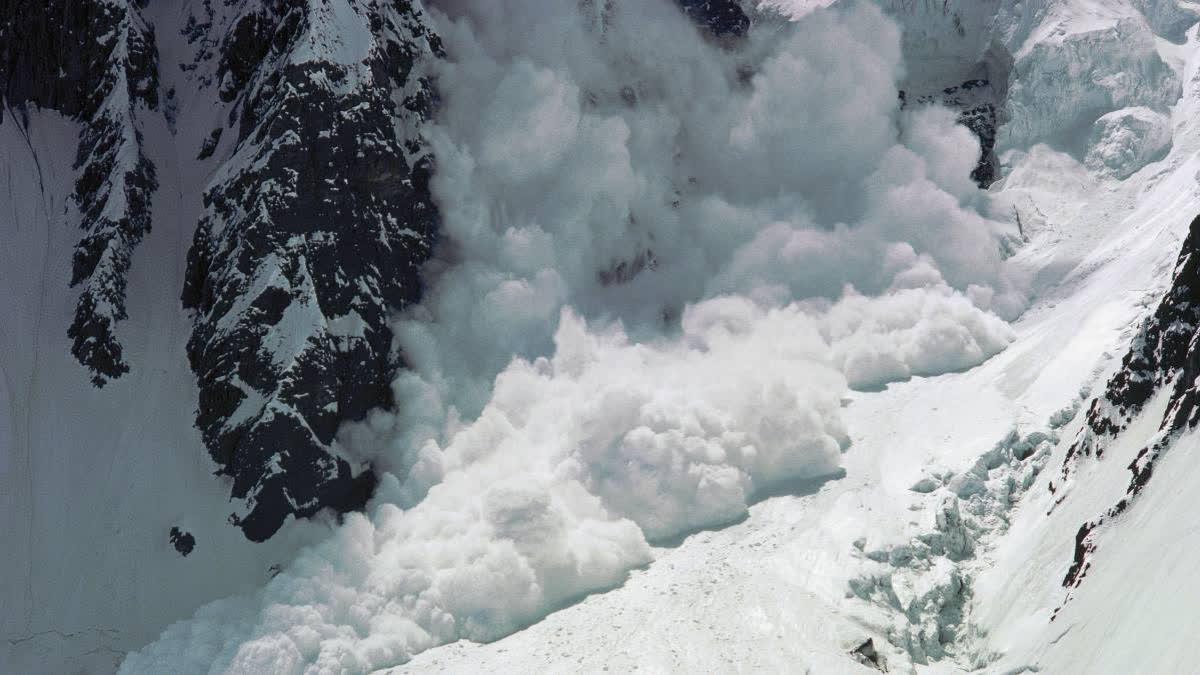Rudraprayag (Uttarakhand): A massive avalanche cascaded down the slopes of the Himalayas, originating approximately four kilometres above the Chorabari glacier in the Kedarnath region. The incident occurred on Sunday, drawing attention as a vast cloud of snow descended into the valley.
The event was witnessed by onlookers near the revered Kedarnath temple, reignited memories of the devastating 2013 floods that killed several people. Despite the magnitude of the avalanche, there have been no reports of casualties or damage. However, the incident has raised concerns among scientists about the potential impact of climate change on glacial stability.
Experts attribute the avalanche to recent fluctuations in temperature, which have acted as a catalyst in melting of ice and led to the accumulation of water within the glacier. This build-up of water increases pressure on the glacier, making it susceptible to sudden ruptures and avalanches.
Dr DP Dobhal, a retired glacier scientist from the Wadia Institute of Dehradun, has termed the avalanche to be a 'normal incident'. Talking to ETV Bharat the doctor said that such instances are quite normal in the high Himalayan regions. "Due to the ever-increasing heat, glaciers are melting thereby causing avalanches. However, it should definitely be monitored," he added.
